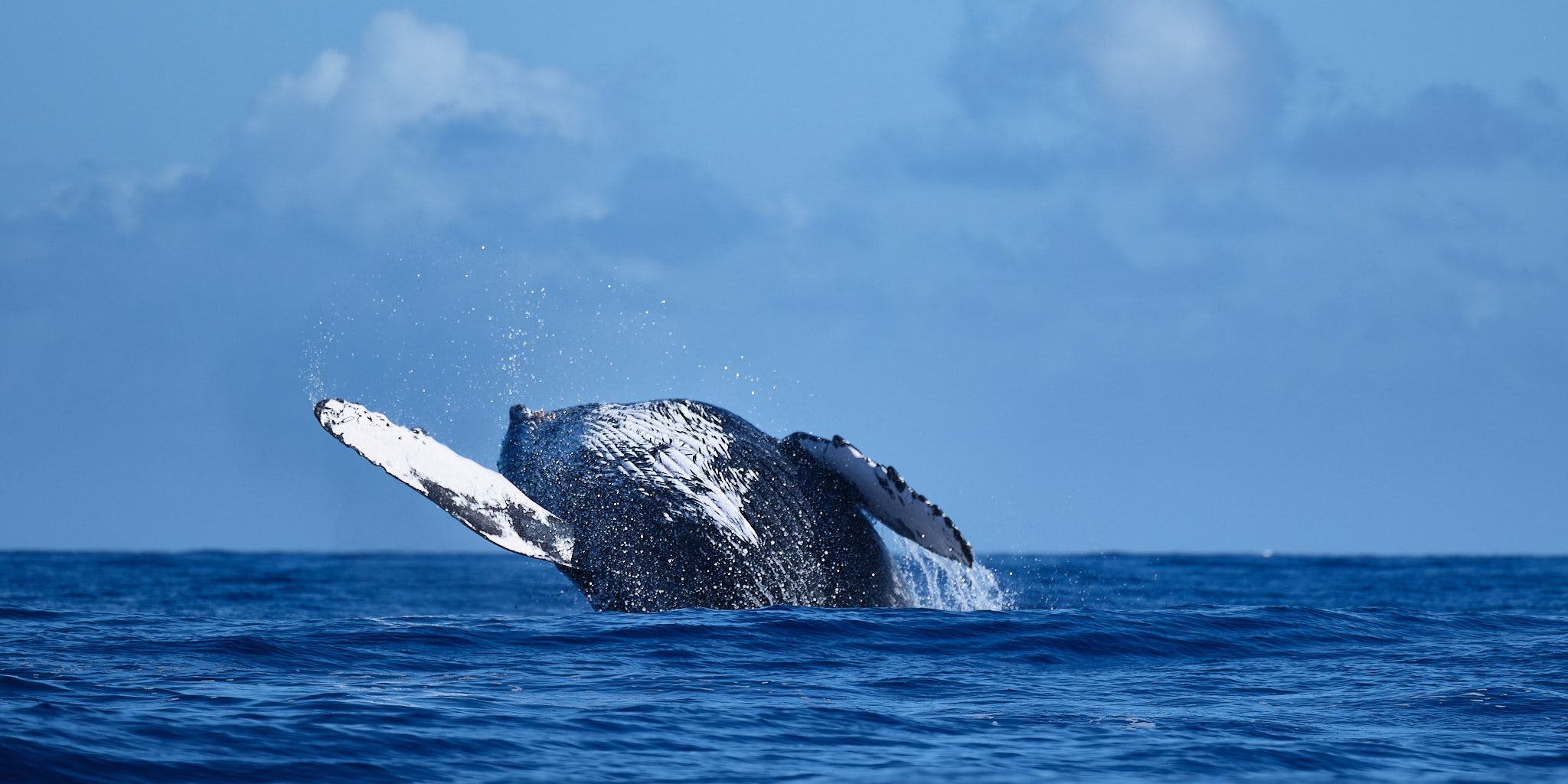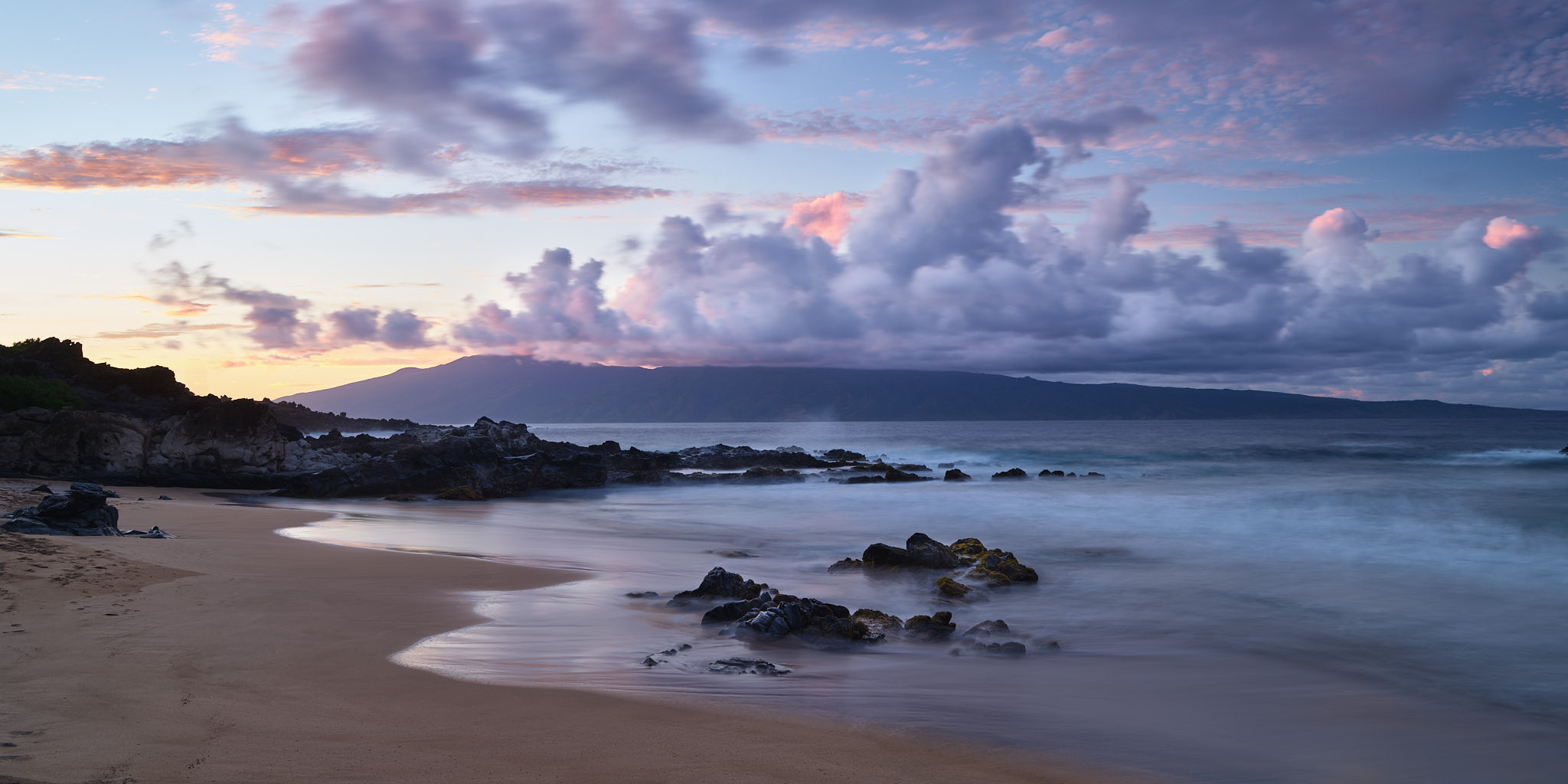
Attention Fujifilm GFX Users!
It’s no secret that I love my Fujifilm GFX medium format system. In more than 50 years of photography, as a long time user of Nikon and Hasselblad, I have finally found a camera system designed for my style of shooting.
I’m not saying that other camera systems pale in comparison… well, I guess for me they do. I am more of a mindful, fine art shooter nowadays. I used to be a sports photojournalist and have done lots of wildlife photography. For fast action, other systems may suit you better. But even for fast action photography, I have no issues with the GFX, so long as I keep in mind its (minor) limitations. This whale image, for example, I just shot with the GFX 100 at 1/2500. But I also take GFX gear with me on safari. However, I’m not saying medium format is ready for fast action prime time. You’re not going to get 50+ frames/second any time soon.

The Problem
I’ve used the GFX 50s and 100 for three years now. You can read my blogs on the system or watch a video or two on my YouTube channel. But, I have run into an oversight in the system that I hope Fujifilm software engineers will address soon.
The issue concerns long exposure photography. If you use neutral density (ND) filters to slow down water or skies (or anything else) there is a maddening problem.
If you shoot in Manual, as I do, then you take an exposure reading on your well-composed image. Now, you have to calculate what the shutter speed needs to be with a 3, 6, 10, 13 or even a 16-stop ND filter attached. No problem, right? You just pull out your iPhone, call up PhotoPills or similar app, insert the filter(s) and you’re set, as in the following six second exposure.

Wait! Not so fast. Here comes the frustrating problem. You now have to rotate the thumb dial all the way from 1/250 sec, let’s say, to Bulb. That is a lot of rotating. And in cold weather with gloves on it is slow and error prone, because that same dial, when pressed in, calls up a different function (in my case I have it programmed to show images at 100%).
But, okay, frustrating as that is you get through the hassle. But now the sun ducks behind a cloud or you want to shift position. You now have to take out the filter and rotate the dial all the way back to get an accurate reading, and go through that entire process again… and again… and again.
Come on, Fujifilm! With so many customizable buttons on the camera, which I absolutely love having, can’t you allow us to get to BULB with one click of one of those buttons? I’ve asked Fujifilm reps if I’m missing something and if there is a secret way to accomplish this. Nada.
The Workaround
Well, thanks to my long-term Associate, Bob, we have a workaround for the problem and here it is.
Put your camera in Aperture (A) mode. On my GFX 100 I have a button already customized to cycle through modes each time I press it. Once in A mode, choose your ISO and aperture. The camera will automagically select the correct shutter speed.
Now switch the mode back to Manual. Rotate the dial all the way to BULB (you will only have to do this once in your entire shooting session). Calculate your shutter speed on your app, put in your filter and shoot. Look at the result. You may have to use exposure compensation to tweak the image and retake it as those calculators may be slightly off base for your specific rig.
Now comes the time and frustration saver. When you’re done with the long exposure shot and want to change positions or whatever, just take out the filter, tap your mode button and go back to A priority. Get your new reading and press the mode button again and it will return you magically back to BULB. Calculate shutter speed, add your filter(s) and all’s well. I now use this all the time and boy does it save me time and frustration. Plus, my arthritic thumb thanks me.
Let me know how this works for you by leaving a comment below.